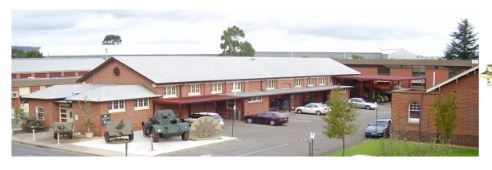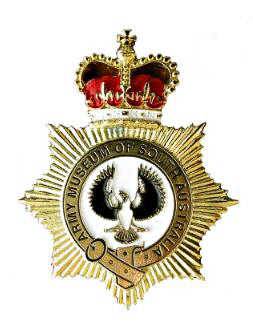Our guest speaker at the meeting on 5 February was Major Chris Roe. Major Roe is a Manager of the Army Museum of South Australia. He spoke to us about the Boer War and Australia’s involvement in this war.
The Anglo Boer War took place from 1899 to 1902. In 1899 The Orange Free State and Transvaal declared war on Britain . The Australian colonies sent troops to South Africa to fight with the British. South Australia sent nine contingents of South Australian troops to the war during the three years. 1531 men and 1507 horses joined the war. By the end of the war on 31st May 1902 at least 59 South Australians had been killed. Many others died from diseases and unknown causes.
“In terms of fatalities the Boer War is third worst war our man and women participated.” He said.
Few people know that in terms of fatalities the Anglo - Boer War, fought in South Africa between 1899 and 1902, was Australia’s third worst war, behind only the two world wars. This is all the more remarkable in view of our tiny population at the time; the population of the new Commonwealth of Australia, which came into being on 1 January 1901, midway through the war, was only 3.5 million. This is why the great equestrian memorial erected outside the gates of Adelaide’s Government House in 1904 was known as the National War Memorial until the late 1920s.
By then of course the ABW was fading into memory, dwarfed by the catastrophe of the Great War 1914-1918 and the even greater conflict that followed a generation later. But a new interest has been kindled since the late 1970s, sparked initially by Bruce Beresford’s wonderful if romantically flawed look at the legend of the Breaker in his film Breaker Morant.

The South Australian Boer War Association Inc (SABWA), established in 2013, has played its part in this revival.
“If SABWA has enjoyed a success to date, it is due in no small part to the support of Army Museum of SA, its Manager, Major Christopher Roe and his staff and AMOSA's volunteers.” Dr Stimson wrote in The Exibitor, the Newsletter of the Army Museum.
We agree. Major Roe presented an interesting and an important part of our history. There was much to learn. Thank you, Major Roe.

